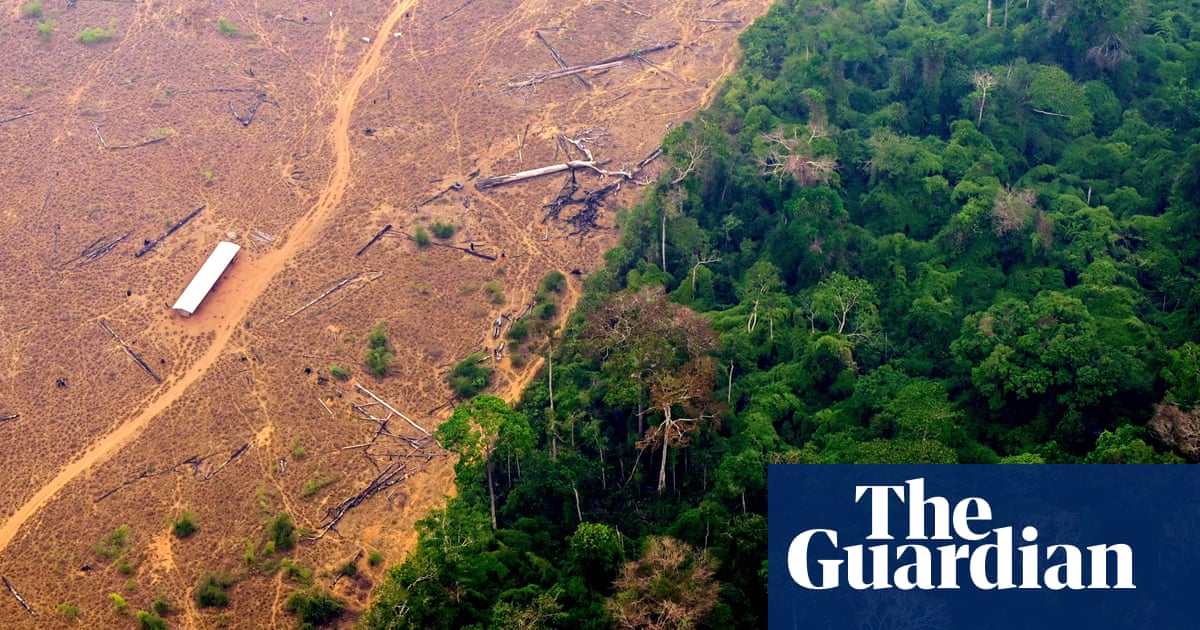

While the article takes no solid position about the benefits and harms of alleviating global warming with solar geoengineering, it does correctly point out that discussion and governance of the subject is lacking.
Some hypothetical examples:
Case A:
- a coastal country experiences increased storm surges, a large percentage of its population stands at risk, it perceives climate change as an existential risk
- this country decides to engage in solar geoengieering to cool the planet, however its neigbours on higher ground don’t perceive a risk from warming, instead they fear that wind patterns could change and deprive them of rainfall
- they accuse each other of violating each other’s rights, start a trade dispute and eventually make war
Case B:
- lots of people are convinced that efforts to control climate change by reducing carbon output have failed
- they decide to go for solar geoengineering, but the predicted impact on food production is -10%
- this affects the poorest of people most adversely, but there is no compensation mechanism
- cooling the planet succeeds, but results in outbreaks of famine
Case C:
- lots of people are convinced that efforts to reduce emissions have failed
- solar geoengineering allows to cool the planet to pre-industrial levels
- does incentive to reduce emissions disappear now?
- if the cooling effect is terminated, extremely fast warming may now happen
Myself, I perceive this as a last resort. If reasonable measures don’t save the day, this is one of the less reasonable measures that could buy time. I would like people to research this, so that capability would exist. But I would not be easily convinced of the necessity of taking action, as long as alternatives remain.




It would not exclude clear differentiation, however. :)
Just like a chatbot posting on social media can add a message footer “this content was posted by a robot” to a fluent and human-like message, a humanoid robot, while having human form, can clearly identify itself as a robot.
Personally, I think such a design requirement is higly reasonable on social media (as a barrier or action threshold against automated mass manipulation) but probably also in real life, if a day comes when human-like robots are abundant.